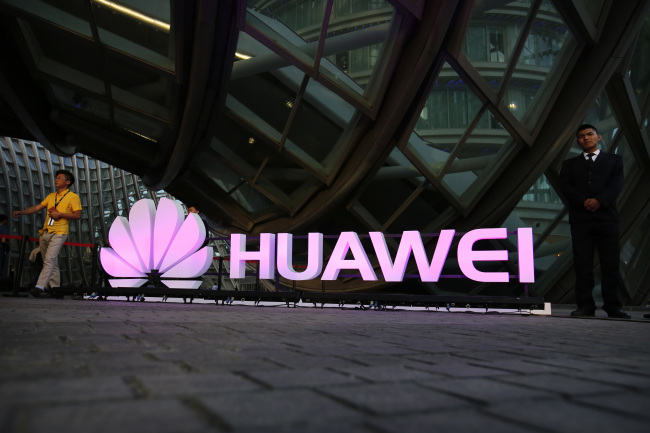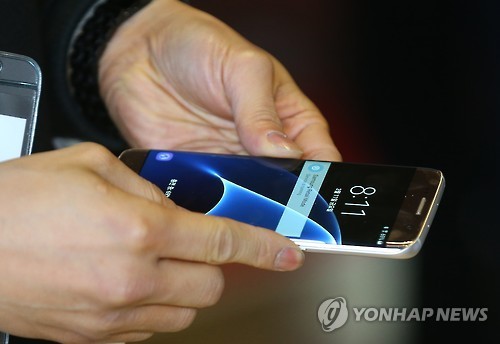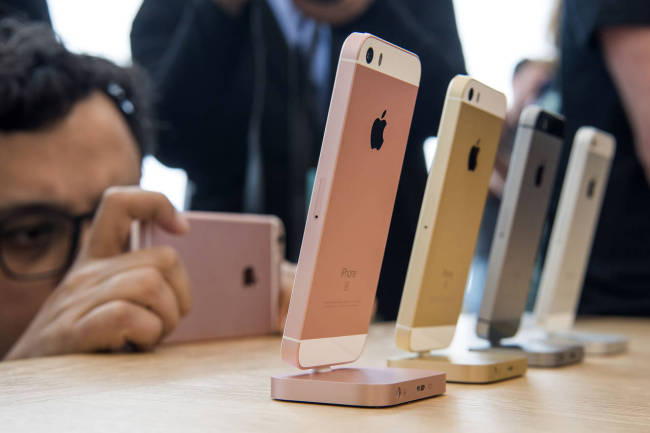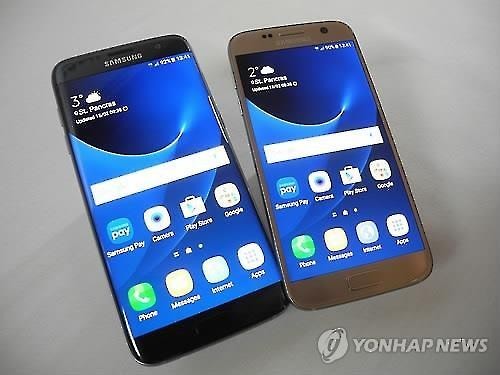Samsung Electronics and Huawei are bracing for a legal battle after the Chinese tech giant sued its Korean rival for infringing its mobile patents last week.
In its two lawsuits filed in China and the U.S., Huawei claimed Samsung’s Galaxy S phones had infringed 11 of its 4G network patents. The company asked for compensation but did not request a sales ban of the affected handsets.
Samsung fought back immediately, saying it would counter-sue Huawei.
“What Huawei really wants is not cash compensation but Samsung’s own 4G patents,” said an industry source on condition of anonymity. “The lawsuit aims to induce Samsung back to the negotiating table.”
Samsung and Huawei have continued talks about a royalty-free, cross-license of related technologies, but the talks have been stalled allegedly due to Samsung’s lukewarm reception.
In recent years, Huawei has poured considerable resources – about 15 percent of its total revenue – in research and development. Last year, the company filed the most patents to the World Intellectual Property Organization, at 3,898.
But Samsung still outpaces Huawei in terms of total patents. In the U.S. market, a crucial market for both companies, Samsung is the second-largest patent holder among tech firms, next to IBM.

Huawei is especially eyeing Samsung’s advanced 4G or LTE-related technologies. Samsung owns the largest number of standard-essential patents, at 954, or 12.7 percent of the total.
“Huawei has some security issues in entering the U.S. network equipment market. With the latest lawsuit, it would seek to elevate its brand image,” the source added.
Huawei, China’s largest handset and network equipment maker, is one of the top three equipment manufacturers in the world, along with Finland’s Nokia and Sweden’s Ericsson. Samsung may be a late comer but it is fast catching up with rivals based on its elevated brand power in device markets.
Meanwhile, Samsung is also considering a separate patent lawsuit against Huawei in the U.S. as early as in July, as part of a preemptive measure to secure an upper hand in the planned legal dispute, sources said Friday.
But Samsung has no plans to extend the lawsuit to other markets such as Korea and China because there are no benefits in doing so.
In China, fighting with Huawei would further strengthen the No. 1 company’s market position, while in Korea, the company owns only a tiny market share.
“Samsung owns more than 100,000 patents filed in the U.S. It wouldn’t be difficult for it to find infringement cases by Huawei,” said another source.
Samsung has been involved in several lawsuits with its global tech rivals, including a high-profile battle with its archrival Apple, in recent years. But this is the first time that Samsung has been sued by a Chinese company.
In 2014, Samsung and Apple agreed to withdraw all legal suits ongoing around the world, except those filed in the U.S. The U.S. Supreme Court will review the case later this year.
By Lee Ji-yoon (jylee@heraldcorp.com)
In its two lawsuits filed in China and the U.S., Huawei claimed Samsung’s Galaxy S phones had infringed 11 of its 4G network patents. The company asked for compensation but did not request a sales ban of the affected handsets.
 |
| AP-Yonhap |
Samsung fought back immediately, saying it would counter-sue Huawei.
“What Huawei really wants is not cash compensation but Samsung’s own 4G patents,” said an industry source on condition of anonymity. “The lawsuit aims to induce Samsung back to the negotiating table.”
Samsung and Huawei have continued talks about a royalty-free, cross-license of related technologies, but the talks have been stalled allegedly due to Samsung’s lukewarm reception.
In recent years, Huawei has poured considerable resources – about 15 percent of its total revenue – in research and development. Last year, the company filed the most patents to the World Intellectual Property Organization, at 3,898.
But Samsung still outpaces Huawei in terms of total patents. In the U.S. market, a crucial market for both companies, Samsung is the second-largest patent holder among tech firms, next to IBM.

Huawei is especially eyeing Samsung’s advanced 4G or LTE-related technologies. Samsung owns the largest number of standard-essential patents, at 954, or 12.7 percent of the total.
“Huawei has some security issues in entering the U.S. network equipment market. With the latest lawsuit, it would seek to elevate its brand image,” the source added.
Huawei, China’s largest handset and network equipment maker, is one of the top three equipment manufacturers in the world, along with Finland’s Nokia and Sweden’s Ericsson. Samsung may be a late comer but it is fast catching up with rivals based on its elevated brand power in device markets.
Meanwhile, Samsung is also considering a separate patent lawsuit against Huawei in the U.S. as early as in July, as part of a preemptive measure to secure an upper hand in the planned legal dispute, sources said Friday.
But Samsung has no plans to extend the lawsuit to other markets such as Korea and China because there are no benefits in doing so.
In China, fighting with Huawei would further strengthen the No. 1 company’s market position, while in Korea, the company owns only a tiny market share.
“Samsung owns more than 100,000 patents filed in the U.S. It wouldn’t be difficult for it to find infringement cases by Huawei,” said another source.
Samsung has been involved in several lawsuits with its global tech rivals, including a high-profile battle with its archrival Apple, in recent years. But this is the first time that Samsung has been sued by a Chinese company.
In 2014, Samsung and Apple agreed to withdraw all legal suits ongoing around the world, except those filed in the U.S. The U.S. Supreme Court will review the case later this year.
By Lee Ji-yoon (jylee@heraldcorp.com)












